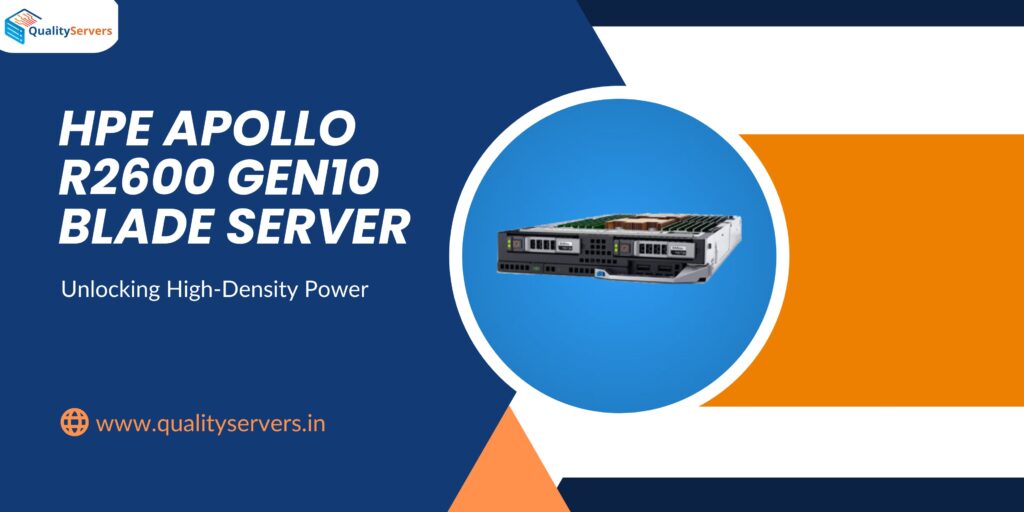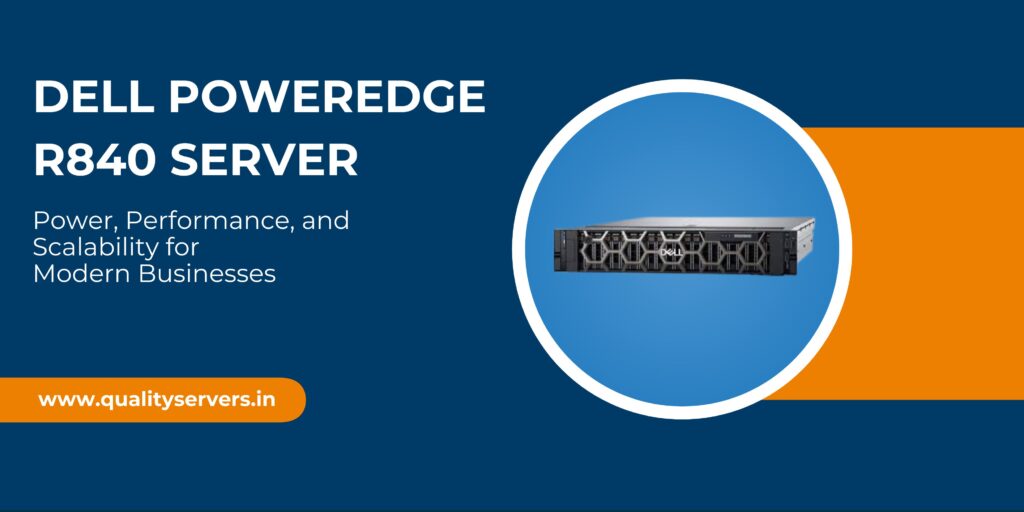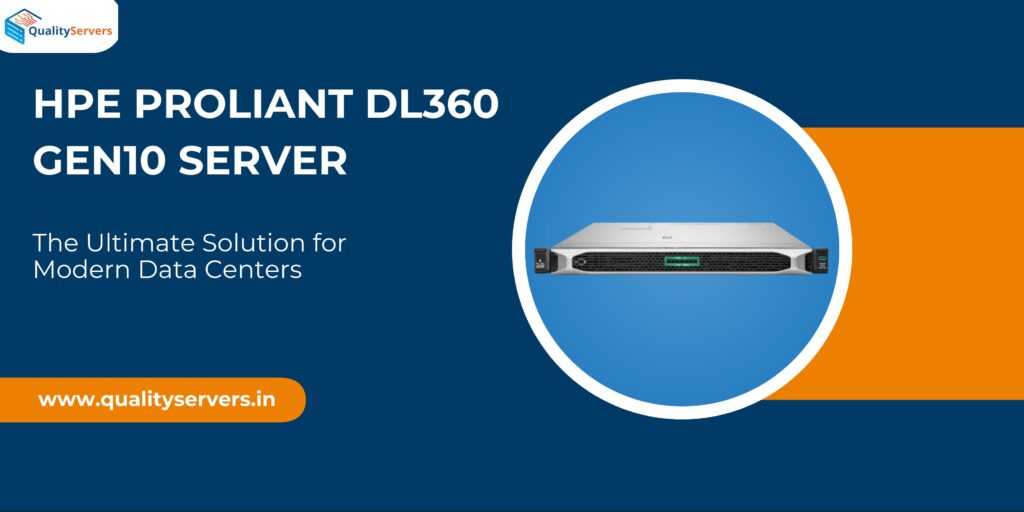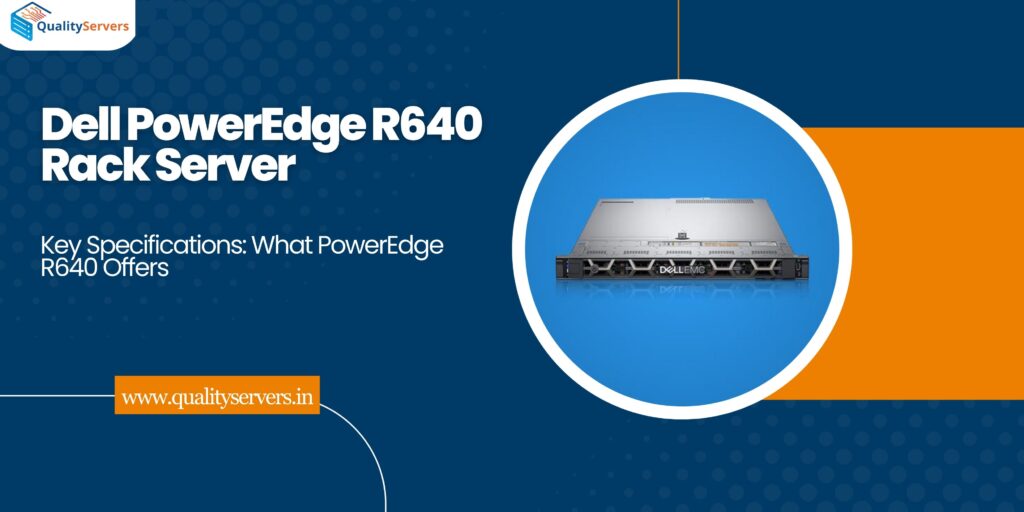In an era where data volumes, compute demands, and energy efficiency are growing exponentially, enterprises are under pressure to get more performance out of less space, less power, and lower operational cost. The HPE Apollo R2600 Gen10 Blade Server answers that demand. Designed for high density, scalability, security, and flexibility, this server solution is ideal for high-performance computing (HPC), AI/ML workloads, Big Data, and enterprise scale-out infrastructures.
Let’s dive into what makes the HPE Apollo R2600 Gen10 stand out, and why more IT leaders are choosing it for their next server refresh.
Key Features & Technical Spec Highlights
Here are the core specs for the Apollo R2600 Gen10 that matter the most.
| Component | Details |
|---|---|
| Form Factor & Architecture | 2U shared-infrastructure chassis; accommodates up to 4 hot-swappable server nodes per chassis (HPE ProLiant XL170r or XL190r Gen10 nodes). |
| Processors | Dual Intel Xeon Scalable processors per node, supporting 4-26 cores each, up to about 150 W CPUs. |
| Memory (RAM) | Up to 1.5 TB DDR4 SmartMemory per node (with 16 DIMMs) using Registered or Load-Reduced DDR4 modules. |
| Storage Flexibility | Front-bay supports up to 24 SFF (2.5-inch) SAS/SATA drives, or 16 SFF + 8 NVMe, offering hot-plug drive options. Also supports internal NVMe/HDD mixes. |
| Expansion & I/O | PCIe 3.0 slots per node; for networking & clustering options: 1/10/40 Gb Ethernet, 100 Gb/s EDR InfiniBand, Intel Omni-Path (OPA), Fibre Channel. Optionally supports GPU accelerators (NVIDIA, AMD, Intel GPGPUs) in certain node types. |
| Power & Cooling | Chassis comes with dual power supplies (800 W / 1400 W Platinum PSUs) with N or N+N redundancy. Cooling fans are modular; chassis designed to support shared cooling and scalable power infrastructure. |
| Management, Security & OS Support | HPE iLO 5 for remote management, option for Rack Consolidation Module for chassis-level management. Supports major operating systems: Windows Server (2012 R2 / 2016 / 2019), VMware ESXi, RHEL, SUSE. Also has HPE’s Silicon Root of Trust. |
What Customers Gain: Advantages & Use-Cases
Knowing the specs is one thing; understanding what they enable is what differentiates a good investment from a great one.
- Density & Space Efficiency
With up to 4 server nodes packed into a 2U chassis, the R2600 Gen10 dramatically increases compute density. For data centers constrained by rack space, this is a big win. Multiple chassis in a rack can scale up to 80 individual server nodes in a typical 42U rack when using XL170r nodes. - Flexibility & Configurability
You can mix & match storage types (SATA, SAS, NVMe), choose the number of drives, and assign storage drives per node based on workload. That means you can optimize for performance, capacity, or both. Add GPU accelerators for workloads needing parallel compute (e.g. AI, graphics, ML). - Scalability
The building-block design allows incremental growth. Start with fewer nodes, add more as capacity or compute demand increases, without needing to redesign your entire rack or cooling/power infrastructure. Shared components (power, storage backplane, cooling) help economies of scale. - Reliability & Redundancy
Key systems (power, fans) support redundancy to reduce risk of downtime. Hot-plug drives and modular server nodes mean individual components can be serviced without taking down the entire chassis. Management tools (iLO, Chassis Management) help with monitoring, firmware updates, and rollback to safe states. - Ideal Use Cases
- High Performance Computing / Clusters: For scientific workloads, simulations, modeling, rendering.
- AI / Machine Learning / Deep Learning: With GPU support and dense compute, good for training/inference.
- Big Data / Analytics: Data warehouses, large-scale analytics (Hadoop, Spark) benefit from lots of CPU cores, high I/O, flexible storage.
- Virtualization / Private Cloud / Hyperconverged Infrastructure: Lots of VMs in small footprint; storage flexibility helps.
- Edge / Remote Data Centers: When rack space and power are at a premium, but latency or local compute demands exist.
Considerations & Potential Trade-Offs
No system is perfect; knowing what to watch for helps make sure the R2600 Gen10 is a fit for your situation.
- Initial Cost & Opex: Dense systems often require higher upfront investment—both in hardware and in ensuring your cooling, power, and networking infrastructure can support the density.
- Heat & Power Density: More compute per rack means more heat to dissipate; cooling must be capable. Plan for sufficient airflow, ambient temperature, and power provisioning.
- NVMe vs. Traditional Storage Balance: NVMe delivers great speed, but is more expensive; you’ll need to balance cost vs speed, perhaps use NVMe for hot-workloads and SAS/SATA for cold storage.
- Upgrade Path: Even though scalable, make sure firmware, software management tools, and component compatibility are maintained across future generations. Confirm support lifecycle with HPE for replacements.
- Complexity of Management: More nodes per chassis, more drives, more interconnects—while management tools are strong, the administrative overhead is non-trivial. Requires skilled IT staff or managed service.
Why This Matters Now
With more organizations going digital, demand for compact, efficient, and powerful servers is high. Search trends show growing interest in:
- “High density server solutions”
- “Blade vs rack server density”
- “NVMe storage for HPC workloads”
- “Energy efficient data center infrastructure”
This makes content about products like the HPE Apollo R2600 Gen10 relevant, timely, and exactly what many tech and CIO audiences are searching for. Including phrases like “multi-node blade server”, “shared infrastructure chassis”, “Intel Xeon Scalable”, “DDR4 memory”, and “NVMe drive support” helps alignment with how people search. Also, discussing trade-offs, use-cases, and comparisons improves time-on-page and engagement.
Best Practices for Deployment & Optimization
To get the most out of an R2600 Gen10 deployment, consider the following best practices:
- Start Small, Scale Smart: Begin with a partial load of server nodes; test workload, cooling, manageability, and then scale.
- Mix Storage for Performance & Cost: Use NVMe or fast SAS for performance-critical apps; use SATA/SAS for bulk storage or archival.
- Use Management Tools: Enable iLO 5, firmware patches, Silicon Root of Trust for security. Utilize monitoring for temperature, power usage.
- Ensure Redundancy: Use N+N or full redundancy for power supplies, ensure fans are up to spec. Don’t let single-point failures bring down critical workloads.
- Energy & Cooling Planning: Rack layout, airflow, ambient temperature; possibly hot/cold aisle containment. Think about power delivery and ensure UPS/battery backup can handle the density.
Conclusion
The HPE Apollo R2600 Gen10 Blade Server is a powerful, dense, and flexible platform that bridges the gap between traditional rack servers and modern scale-out infrastructure. It packs multiple server nodes into a shared infrastructure that saves space, power, cooling, and overall total cost of ownership, all while delivering strong compute, storage, and I/O capabilities.
If your organization is looking to modernize its data center, support AI/ML workloads, scale out virtualization, or simply do more with less, investing in the Apollo R2600 Gen10 can give you the room to grow — in compute, capacity, and efficiency.




